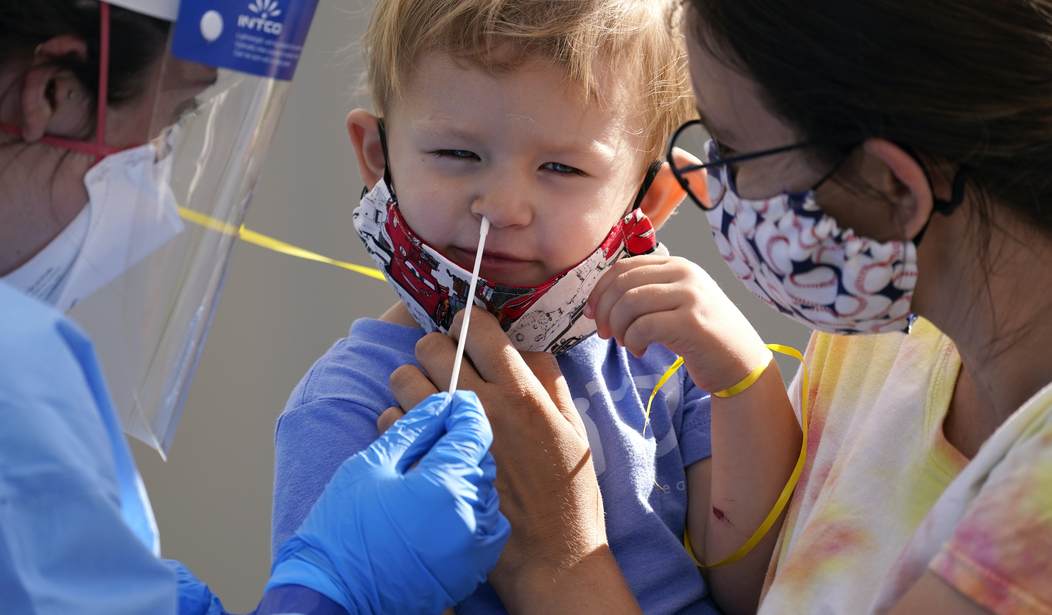Donald Trump announced on Monday that the government will ship 150 million rapid COVID-19 tests to states before the end of the year. The first shipment is expected to be delivered this week. The president is hoping that governors will use the tests to rapidly reopen schools.
“The support my administration is providing would allow every state to on a very regular basis test every teacher who needs it,” Trump said.
The tests cost about $5 each and the results can be known in about 15 minutes.
The first shipments, totaling 6.5 million tests, will be sent this week, and the amount each state receives will be based on population data. Although governors will be in charge of deciding how to use the rapid teststhey receive, Trump and HHS testing czar Brett Giroir encouraged state leaders to deploy the tests to help reopen schools.
HHS already has sent a few million of the Abbott antigen tests to nursing homes and assisted living facilities, historically black colleges and universities, and areas damaged recently by wildfires and hurricanes.
But these antigen tests, which look for specific proteins on the surface of the virus, have been judged to be far less accurate than the polymerase chain reaction (PCR) test, which looks for the RNA of a virus in a throat or nasal swab.
In fact, the entire testing regimen for the coronavirus has been plagued by reports of false positives and false negatives. The PCR test appears to be the most reliable, but one study found that 29 percent of the tests gave a false negative. Earlier this month, a Boston lab was suspended when it was discovered that there were nearly 400 false-positive results.
Orig3n, a biotechnology company which counts dozens of nursing homes as its clients, ceased testing on Aug. 8 at the request of the Massachusetts Department of Public Health. The suspension came days after state health officials became aware of an unusually high number of positive coronavirus tests.
An investigation found that there were at least 383 inaccurate positive results from the lab that, upon re-testing, came back as negative.
Public health officials generally get past the testing inaccuracy by retesting. That may work for those who have a false-positive test, but what about those who test negative but are actually infected? They could be walking around for a week or more, infecting others, before any symptoms are seen.
The testing regime worldwide is less than a year old. Dozens of pharmaceutical companies are working on faster, more accurate tests. In the meantime, we’re saddled with tests that make it harder to develop public policies to isolate and combat the virus.
Still, public health officials say that even though they’re less accurate, the rapid tests could serve a useful purpose.
In an article on STAT News, Drs. Jeffrey L. Schnipper and Paul E. Sax, both professors of medicine at Harvard Medical School, explain the statistics of how less accurate tests can help reverse the pandemic — if the tests are done frequently enough.
“Even though the test isn’t perfect, it’s far better than what we’re doing now, which is testing hardly anyone without symptoms,” they wrote, “in part due to concerns about testing accuracy.”
No test will ever be perfect. Even tests for the flu are only 90-95 percent accurate. But given the stakes, it’s hoped that before too long, testing will be universal and accurate.










Join the conversation as a VIP Member